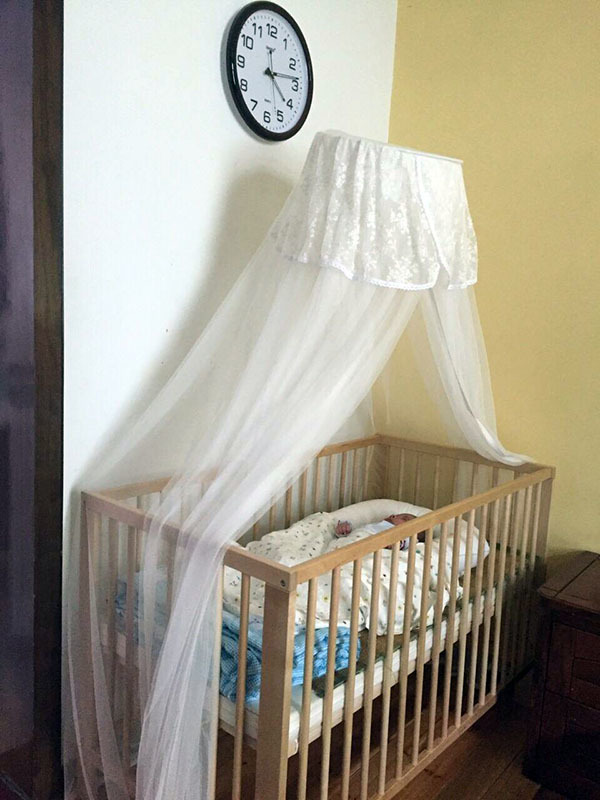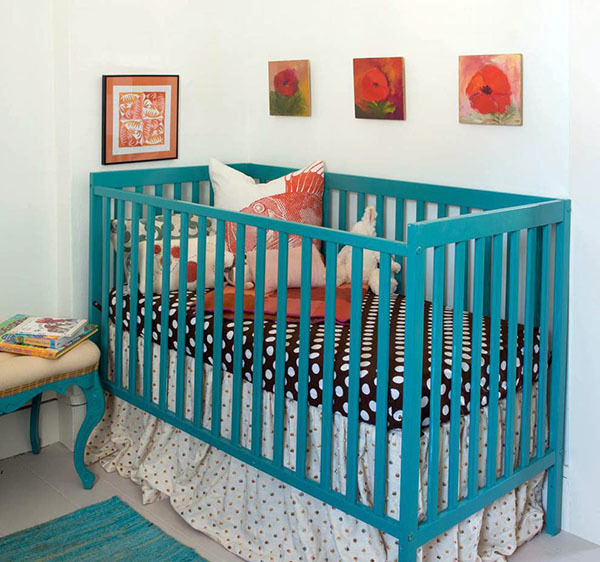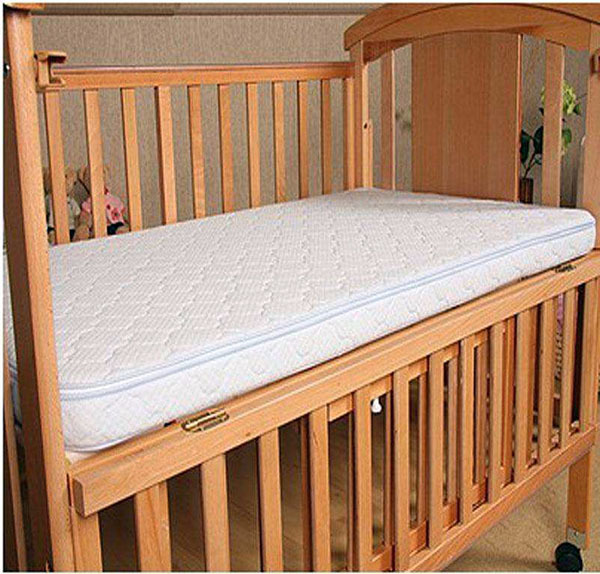When preparing mattresses for their babies, many parents rely on the recommendations of shopping mall guides, but when it comes to baby mattresses , many people don’t know much about it. Today, the editor has summarized various types of baby mattress analysis, as well as the analysis of baby’s constitution. Let’s see if a baby mattress is suitable for your home!
1. Infant physical analysis
1. Poor resistance
2. The bones of the body are soft
3. Active and prone to sweating
2. Analysis of common baby mattresses
1. Analysis of latex baby mattress

latex baby mattress analysis
The latex mattress uses anti-mite knitted fabric to be naturally antibacterial, inhibit the growth of bacteria, and prevent babies from diseases. At the same time, the latex mattress is removable and washable, which solves the problems of babies spitting and bedwetting. It can be removed and washed at any time, keeping the mattress dry for a long time and creating a good sleeping environment for babies.
2. Analysis of sponge baby mattress
The main raw material of sponge mattress is sponge, which is light in weight and soft in texture. Due to the active nature of babies, the mattress will be easily deformed and has low durability. Deformation of the mattress can easily cause deformation of the baby’s spine and even lead to poor skeletal development of the baby’s body.
3. Analysis of spring baby mattress
Spring mattresses have better air permeability and are more durable, but their hygroscopicity is relatively poor, and babies are prone to bedwetting. Infants using mattresses with poor hygroscopicity can easily cause the mattress to become damp, moldy, and breed bacteria, which can lead to Infected by bacteria, and the softness and hardness of spring mattresses are not fixed, it is difficult for babies to adapt, so spring mattresses are not suitable for babies.

Spring baby mattress analysis
4. Palm Baby mattress analysis
Palm mattress is an all-brown mattress. It has good toughness and ranks between Between the hard bed and the spring mattress, the hardness is moderate and it is not prone to dents, insects, mold, etc., and can keep the mattress dry for a long time. Compared with latex mattresses, it is less convenient to use. However, it has an advantage in hardness. It is moderate in hardness, suitable for baby’s bone development, keeps the baby’s spine and other straight development, and is not easy to deform.
3. Baby mattress purchasing tips
1. Surface fabric
Baby mattress purchase We should focus on the surface fabric of the baby mattress. The surface fabric is in closer contact with the baby and can easily cause allergies. Choose pure cotton and anti-mite knitted fabrics, which are not prone to allergies, give babies a healthy sleep, and prevent babies from allergies causing physical discomfort or even crying.
2. Suitable hardness
When choosing a baby mattress, you should choose a mattress with suitable hardness. It can effectively support the baby’s body while relaxing the baby’s limbs, promote blood circulation, and is beneficial to the baby’s bone development. Put the baby on the mattress and the mattress can fit the baby’s body as the baby changes his sleeping position. Generally, mattresses with moderate or hard hardness are more suitable for babies.

Baby mattress purchasing tips
3. Choose latex material
When purchasing a baby mattress, it is recommended to choose natural latex and mattresses with latex as filling. More suitable for babies.
Editor’s reminder: The environment around the baby mattress should be kept as lint-free as possible and no activities should be used. plastic mattress cover or waterproof sheet!
The above is the relevant content about baby mattresses that the editor has compiled for you. I hope it will be helpful to you. If you want to know more about mattresses, please continue to pay attention. 10 seconds Get quotes quickly and get four sets of design plans*, as well as full tracking services by a decoration butler, so act quickly!







